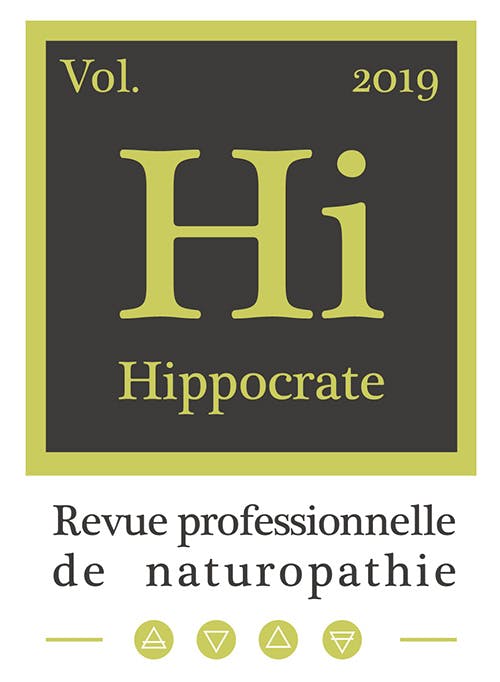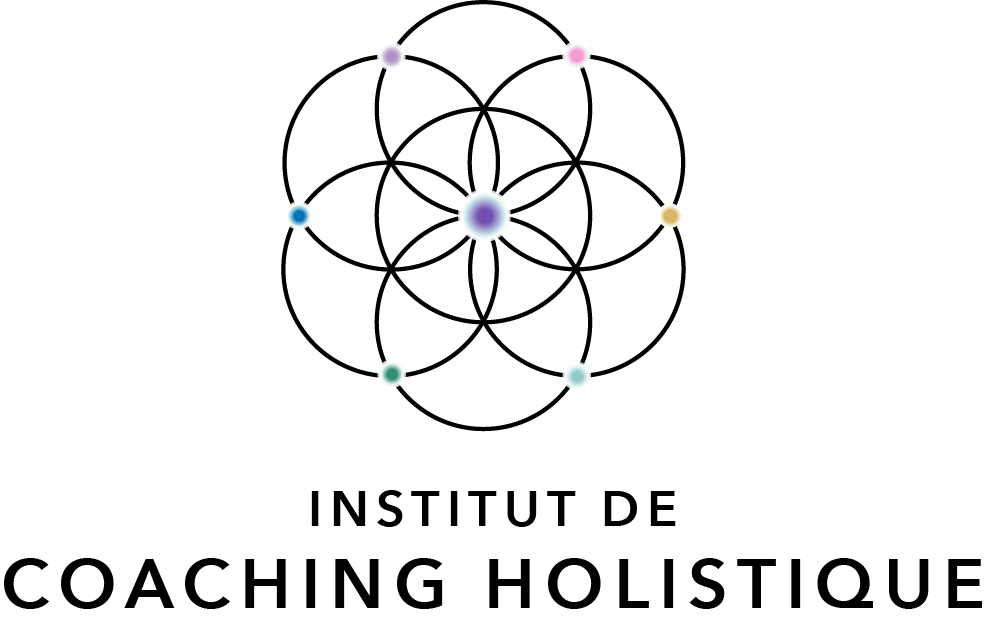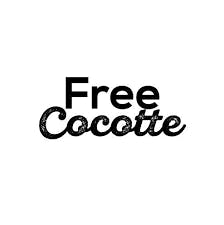Nutritional Foundations
This manual marks the beginning of the series of courses devoted to holistic nutrition, which concludes with the study of clinical case analyses. It establishes the essential foundations for understanding the families of nutrients — macronutrients and micronutrients — that form the basis of any balanced diet. Beyond mere description, the course explores their physiological and metabolic functions, offering insight into how these elements support the body’s health and vitality.
The College’s objectives are twofold:
On one hand, to help students understand the role and importance of the main nutrients — proteins, fats, carbohydrates, fiber, and water — in the body’s functioning.
On the other, to enable them to analyze the impact of vitamins and minerals on human health, taking into account their interactions, bioavailability, and individual needs.
At the same time, students will become familiar with the physiological and metabolic mechanisms governing the assimilation and use of these nutrients, allowing them to integrate this knowledge into a holistic, personalized, and naturopathic vision of nutrition.

Included learning methods:
- E-Learning courses: an interactive, engaging, and efficient learning method.
- Printable course booklets
- Online exams
- Access to the student centre
- Videos and virtual library.
Course Content Description
Table of Contents
- Presentation and objectives
- Diet through history
- Nutrients or nutritional elements
- Introduction
- Nutrients
Essential Nutrients
- 1. Table of essential and semi-essential nutrients
- Heavy metals
- Official nutritional intakes
- Energy needs
Proteins
- Introduction
- Chemical composition and structure
- Protein quality
- Metabolism and role
- Needs
- Deficiency and excess
- Sources
Carbohydrates
- Types of carbohydrates
- Monosaccharides
- Disaccharides
- Polysaccharides
- Glycemic index of foods vs. slow and fast sugars
- Roles of carbohydrates
- Needs
- Deficiency and excess
- Sources
- Artificial and low-calorie sweeteners
- Blood sugar regulation
- Carbohydrate/protein ratio
- Sugar-related diseases
- Carbohydrates in summary
Fibre
- Types and categories of fibre
- Roles of fibre
- Needs
- Deficiency and excess
- Sources
Lipids
- Introduction
- Lipid classification
- Saponifiable lipids
- Saturated Fatty Acids (SFA)
- Unsaturated Fatty Acids (UFA)
- Sources
- Concept of omega fatty acids (w)
- Indispensable Fatty Acids and Essential Fatty Acids (EFA)
- Omega-6 EFA metabolism
- Omega-3 EFA metabolism
- Deficiency and excess
Simple Lipids
- Glycerides
- Cholesterol
Complex Lipids
Unsaponifiable lipids
- Water
- Needs
- Daily losses and intake
- In summary
Knowledge Review
- Activity 1
Vitamins
- Introduction
- Water-soluble vitamins
- Vitamin B
- Vitamin C
- Fat-soluble vitamins
- Vitamin A
- Vitamin D
- Vitamin E
- Vitamin K
Knowledge Review
- Activity 2
Minerals
- Mineral salts
- Calcium (Ca)
- Sodium (Na)
- Magnesium (Mg)
- Phosphorus (P)
- Potassium (K)
Knowledge Review
- Activity 3
Trace Elements
- Definition
- General overview
- List of trace elements
- Iron (Fe)
- Sulphur (S)
- Fluoride (F)
- Chromium (Cr)
- Cobalt (Co)
- Copper (Cu)
- Iodine (I)
- Lithium (Li)
- Manganese (Mn)
- Selenium (Se)
- Silicon (Si)
- Vanadium (V)
- Zinc (Zn)
- Molybdenum (Mo)
- Heavy metals
- Silver (Ag)
- Aluminium (Al)
- Cadmium (Cd)
- Mercury (Hg)
- Nickel (Ni)
- Lead (Pb)
Knowledge Review
- Activity 4
The bioavailability of vitamins and minerals
- General overview
- The case of orotates
- The example of calcium
- Bioavailable iron
- Natural vitamins
- Recognizing synthetic vitamins
Knowledge Review
- Activity 5
- Appendices
- Appendix 1
Interactions between nutrients
- Appendix 2
Index of dietary advice
- Appendix 3
Investigation of vitamin deficiencies
- Appendix 4
Heavy metal chelation
- Appendix 5
Which water should you drink?
Appendix 6: The twelve steps to fine-tune carbohydrates and proteins
- Bibliography
Graded activities
- Course 1 validation form







































